Weightlifting 101:
3 Things to Know Before You Start Moving Iron
There are several avenues to take when it comes to fitness. If you’ve landed on weightlifting (which is a fantastic place to land) you’re likely wondering how to start.
Like any new endeavor, there are some foundational components that, if set from the start, will help you find success. Folks go wrong when they skip the steps that create a strong, robust base from which they can build and grow. An athlete, for example, might buy loads of gear rather than read a book on the fundamentals—a choice that could (and probably will) stifle him/her in the future.
There isn’t a perfect formula on how to start weightlifting. There’s not a checklist to follow that will ensure your weightlifting future is bright and full of victories. But there are things (three of them) that we’ll categorize as foundational, essential building blocks that will absolutely help you collect a big helping of early wins.
Lots of early wins, no matter their size, are profound. They give you hope and show you that you’re on the right track. In contrast, lots of early failures (more specifically: percieved failures) give you the sense that maybe this isn’t the right thing for you, that maybe you’re not cut out for this at all.
So the answer to the question “how do I start weightlifting?” becomes really quite easy: Do the things that help you accumulate lots and lots of early wins
The early wins become a sort of fuel that propels you forward. So even when you’re faced with failures, your tank is so full of wins that it doesn’t deplete you, and it doesn’t deflate you.
To ensure lots and lots of early wins...
No. 1: Start Light
When you commit to start light, you dramatically decrease your chances of acute and/or chronic pain. And when you reduce the chances of unnecessary injury, you win.
Mark Rippetoe, famed weightlifting coach and author, reminds us that beginners should start light and make very small increases in load at the beginning of their weightlifting journey:
“For novices, 3 sets of 5 at a 5-pound PR over the last workout are sufficient in both tonnage and intensity to drive stress up just enough that recovery and adaptation can proceed.”
All signs point to starting light. So if you’re wondering how to start weightlifting, the answer is simple: start very light, and slowly add load over a long period of time.
No. 2: Focus on Improvement, Not Results
Here’s the thing: There is NOT a finish line. You might think there IS a finish line, a place where your body looks a certain way, feels a certain way, performs a certain way; but there isn’t.
If you ask the best weightlifters in the world if they’re satisfied with exactly where they’re at, if they feel like they’ve “made it,” they will enthusiastically and wholeheartedly tell you “NO.”
The only thing that matters at all levels of this sport (and all of life’s endeavors, for that matter) is that you’re improving. When you improve, you’re moving forward, you’re getting better. And that’s all there is.
If you solely focus on results, you won’t collect the small wins necessary to fuel a lifelong love for weightlifting; but if you turn your attention to improvement, even at the smallest of rates, you’ll find small wins on a weekly basis.
A focus on improvement doesn't mean that goal setting isn’t important (see: No. 3 below); goal setting is a vital component in forward progress. Just remember to focus on whether or not you’re improving, whether or not you’re inching towards those big goals, rather than punishing yourself for not achieving them fast enough.
So ask yourself if you’re improving rather than if you’ve hit some big, lofty weightlifting goal—because if you’re improving, you’re winning.
No. 3: Measure Progress and Write Down Your Goals
The fastest way to believe that “you suck at weightlifting” is to haphazardly record your progress.
The fastest way to collect legitimate small wins is to record your progress like a stenographer in a high-profile court case.
Write everything down.
All your sets.
All your reps.
All your loads.
How you felt.
Your personal records for the day.
Your small wins for the day.
Your short-term and long-term goals.
Anything else important.
When you measure your progress, you get the incredible benefit of seeing how far you’ve come. You can look back and see what you were lifting one month ago, three months ago, one year ago, and get a visual of your improvement—this is the stuff small wins are made of.
And whatever goals you have for yourself (body composition goals, competitive goals, etc.), write them down and look at them often. Psychology professor Dr. Gail Matthews, at the Dominican University in California, led a study on goal-setting with 267 participants from a wide variety of businesses, organizations, and networking groups throughout the United States and overseas. She found that you’re 42 percent more likely to achieve your goals if you write them down. (She also found that those who shared their goals with friends were significantly more likely to achieve the goal…)
There are lots of different ways to record your progress. You can go old school and get yourself a composition notebook. You can build your own custom weightlifting book tailored to your needs (a quick google search will show you several options). You can use apps. You can use a combination of tools. It really doesn’t matter. The only thing that matters is that you consistently track and measure your progress.
If you’re tracking, you’re winning.
Quick Recap: Weightlifting 101
Start light. Focus on improvement rather than results. Measure your progress/write down your goals. And have fun! You’re about to start weightlifting, one of the most awesome and challenging sports there is. (Yes—we’re biased.) Fuel this endeavor with small win after small win. If you do, you’ll love the journey.
THE OFFICIAL BELT OF USA WEIGHTLIFTING
Grab the belt worn by weighlifting Olympians: CJ Cummings, Mattie Rogers, and Jourdan Delacruz
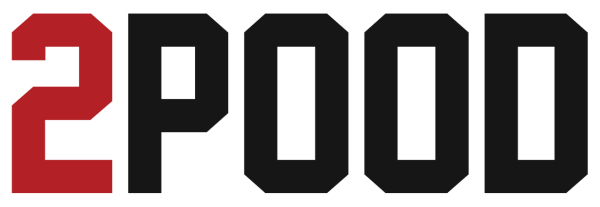

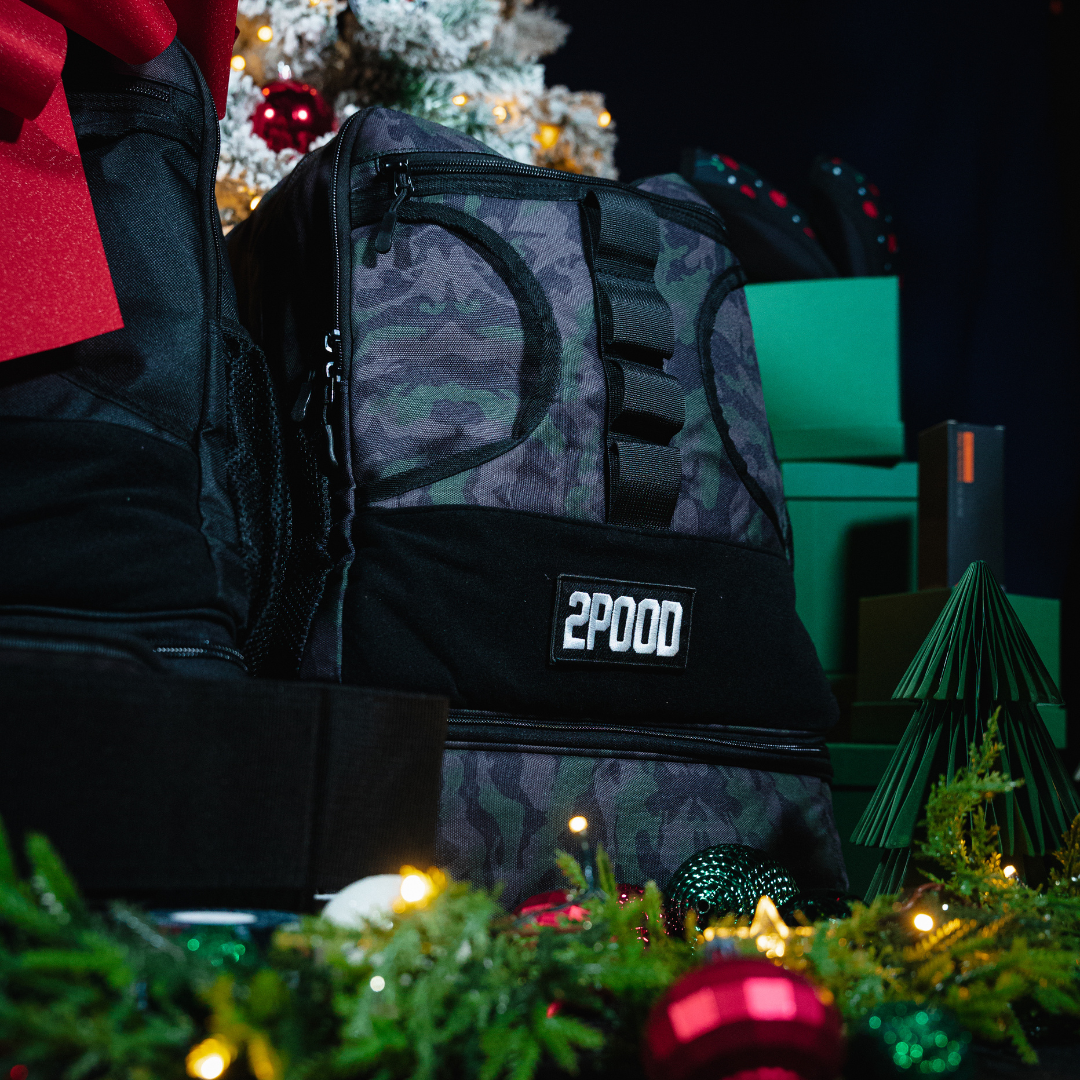
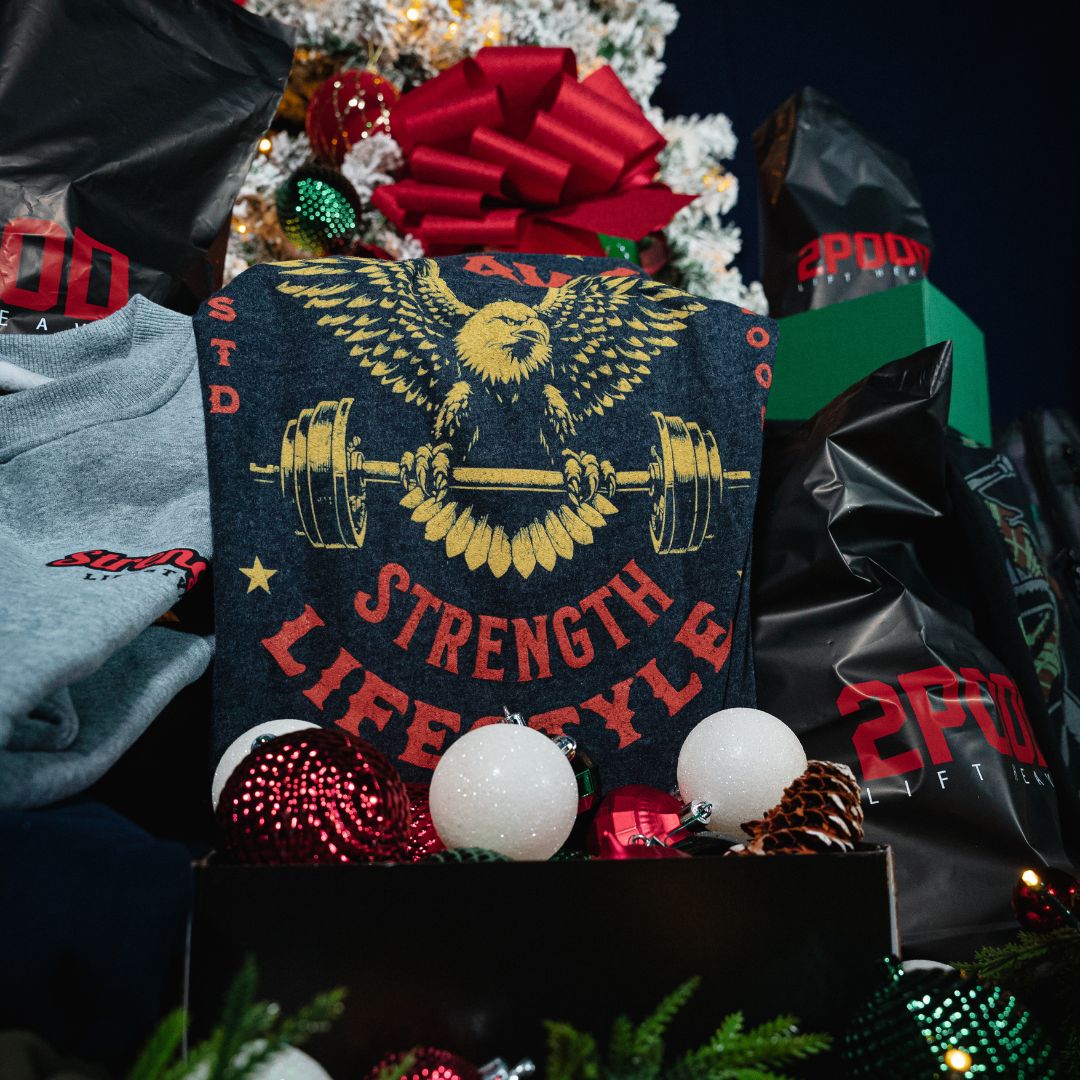
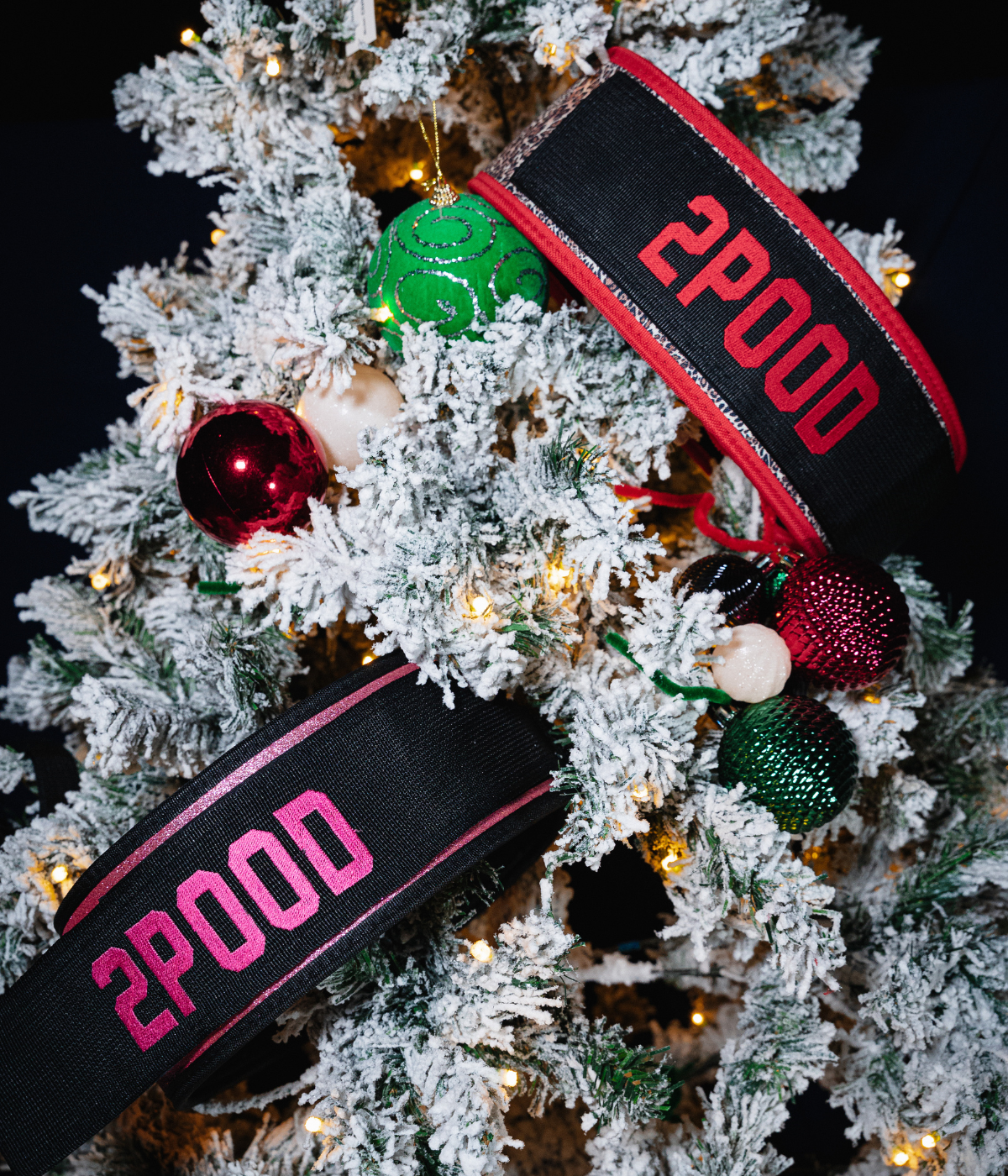
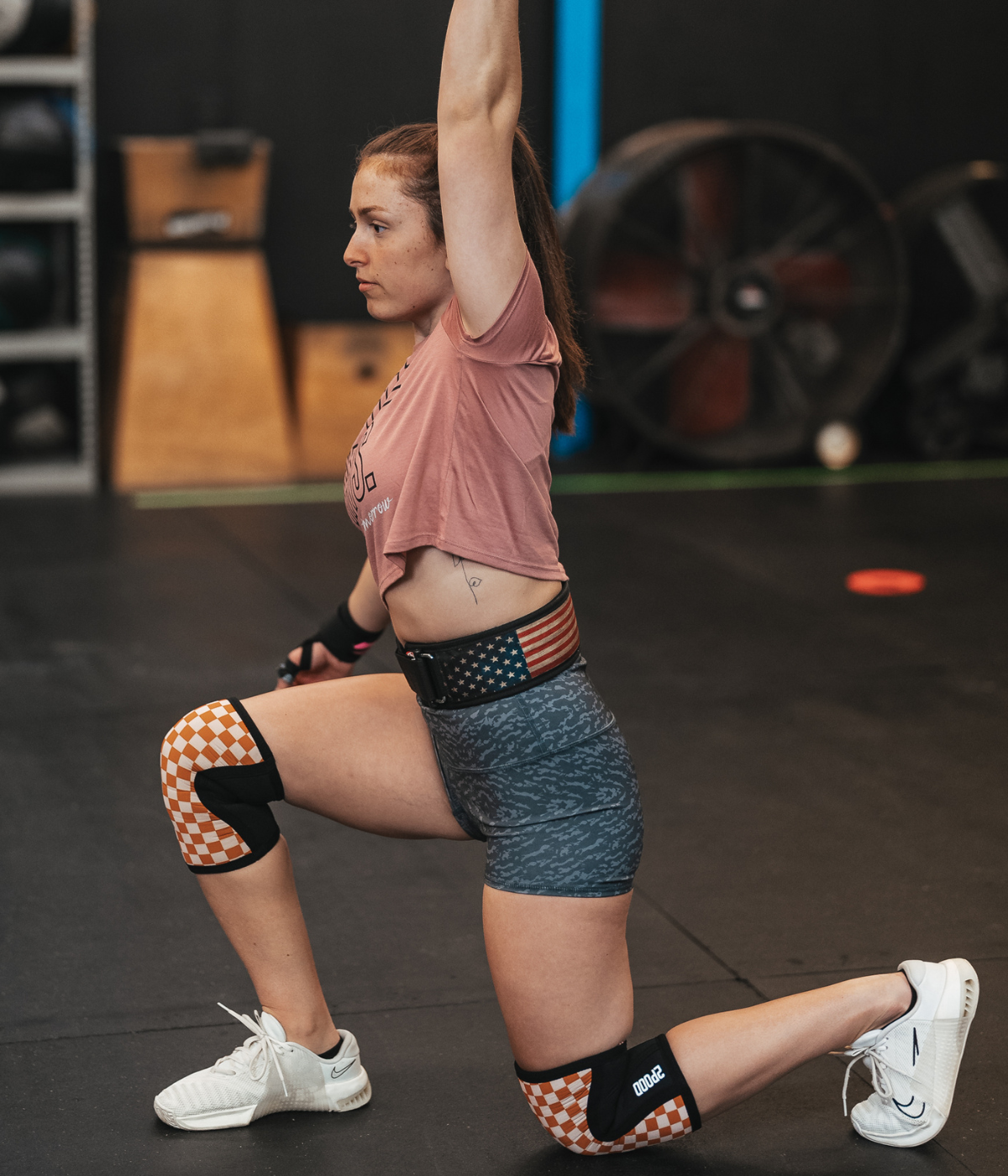



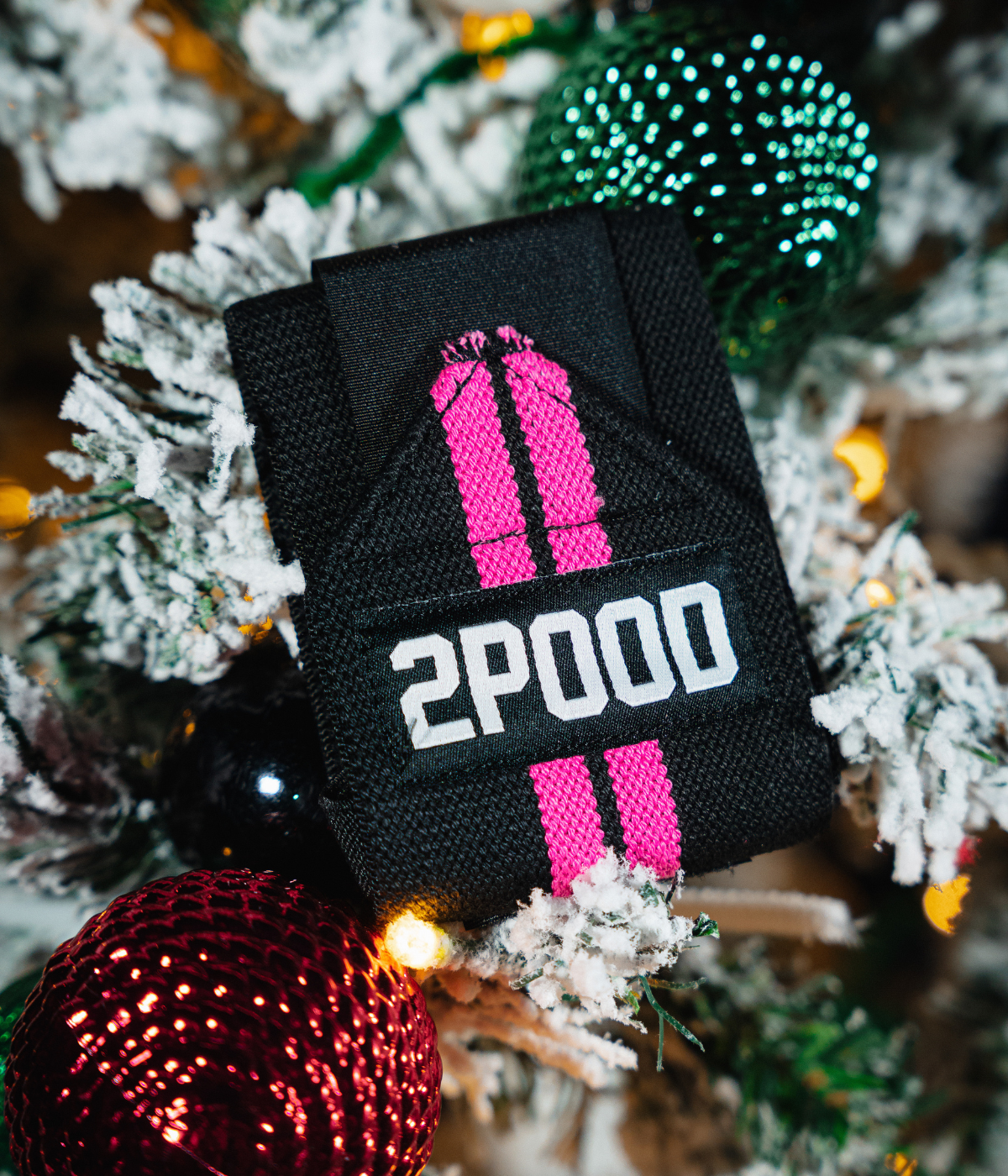
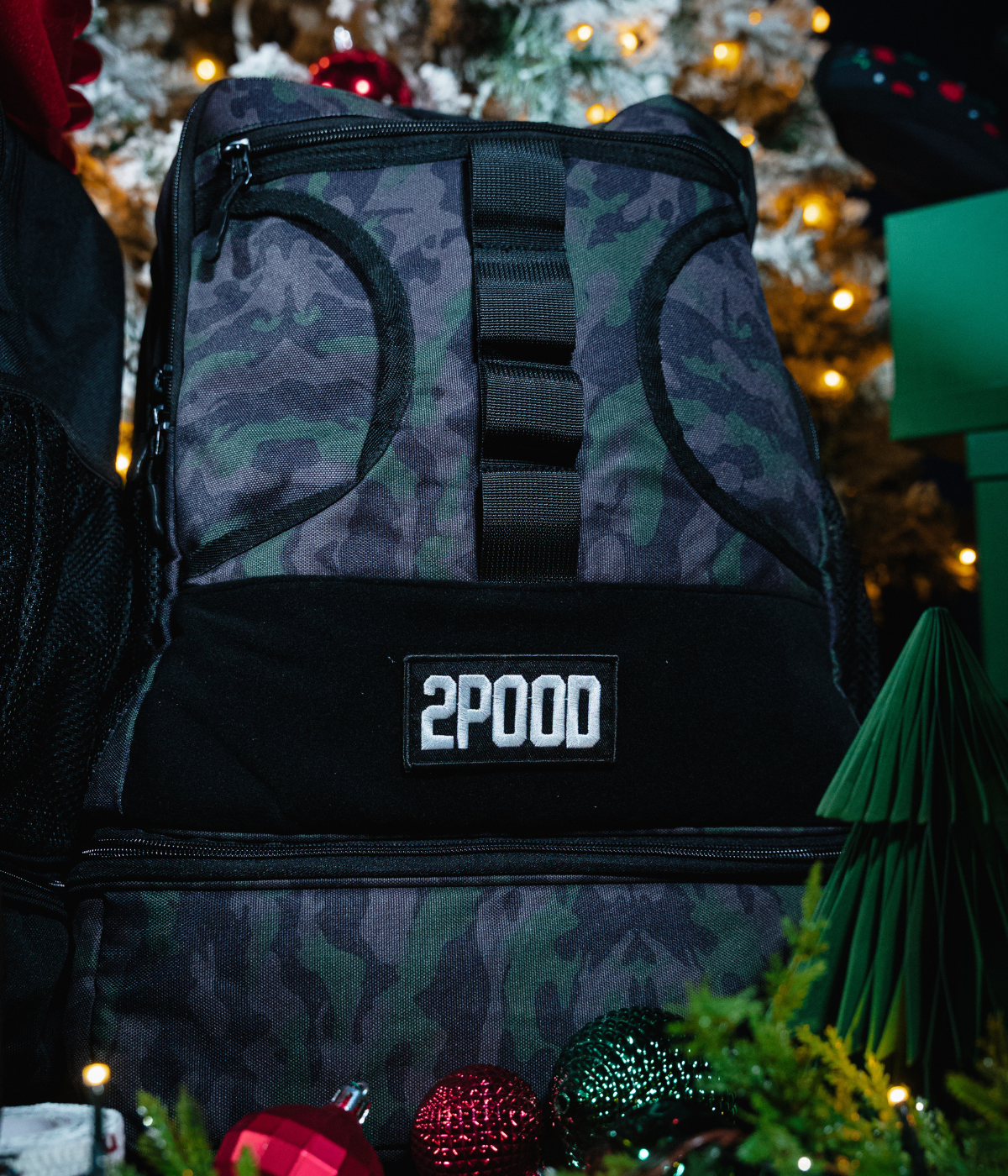
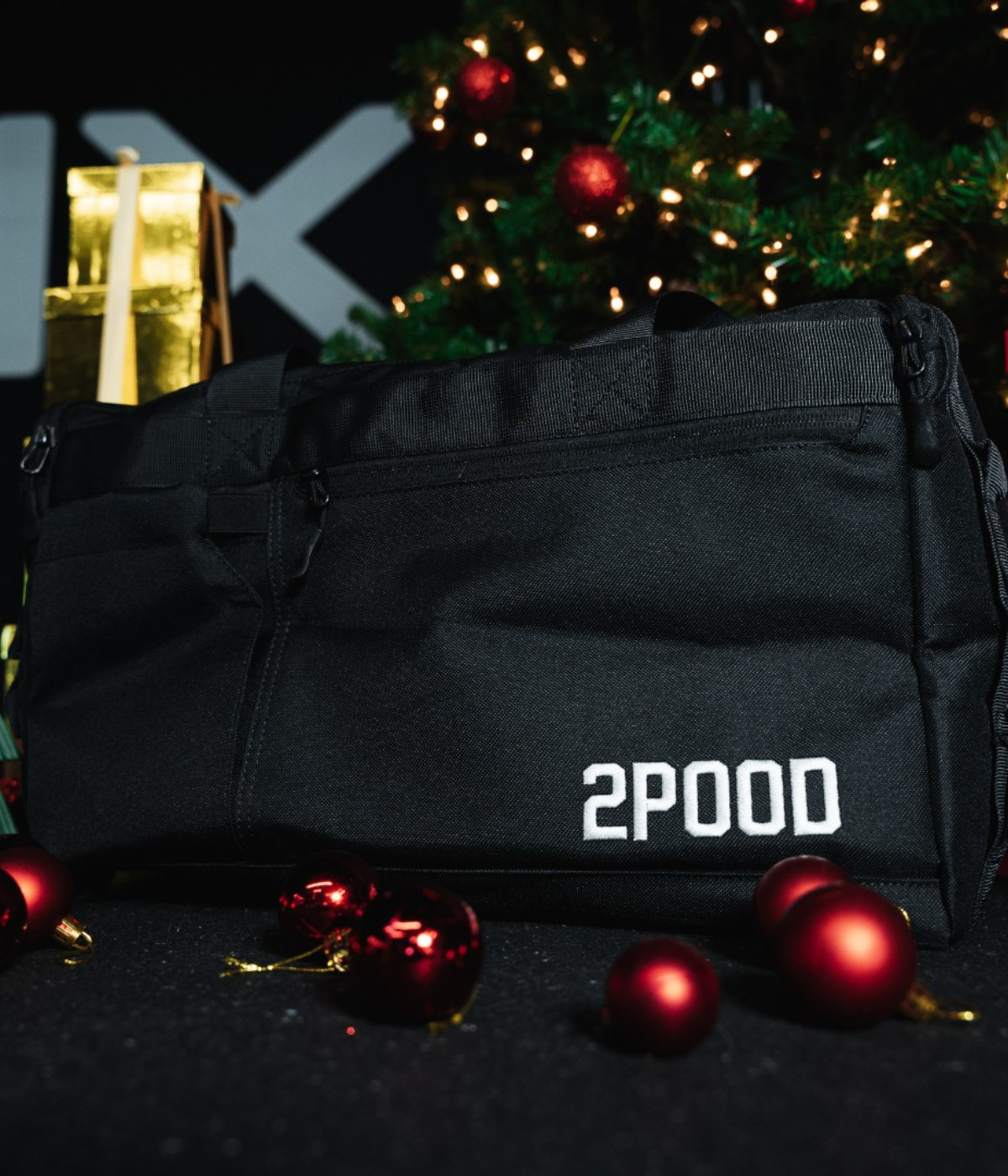

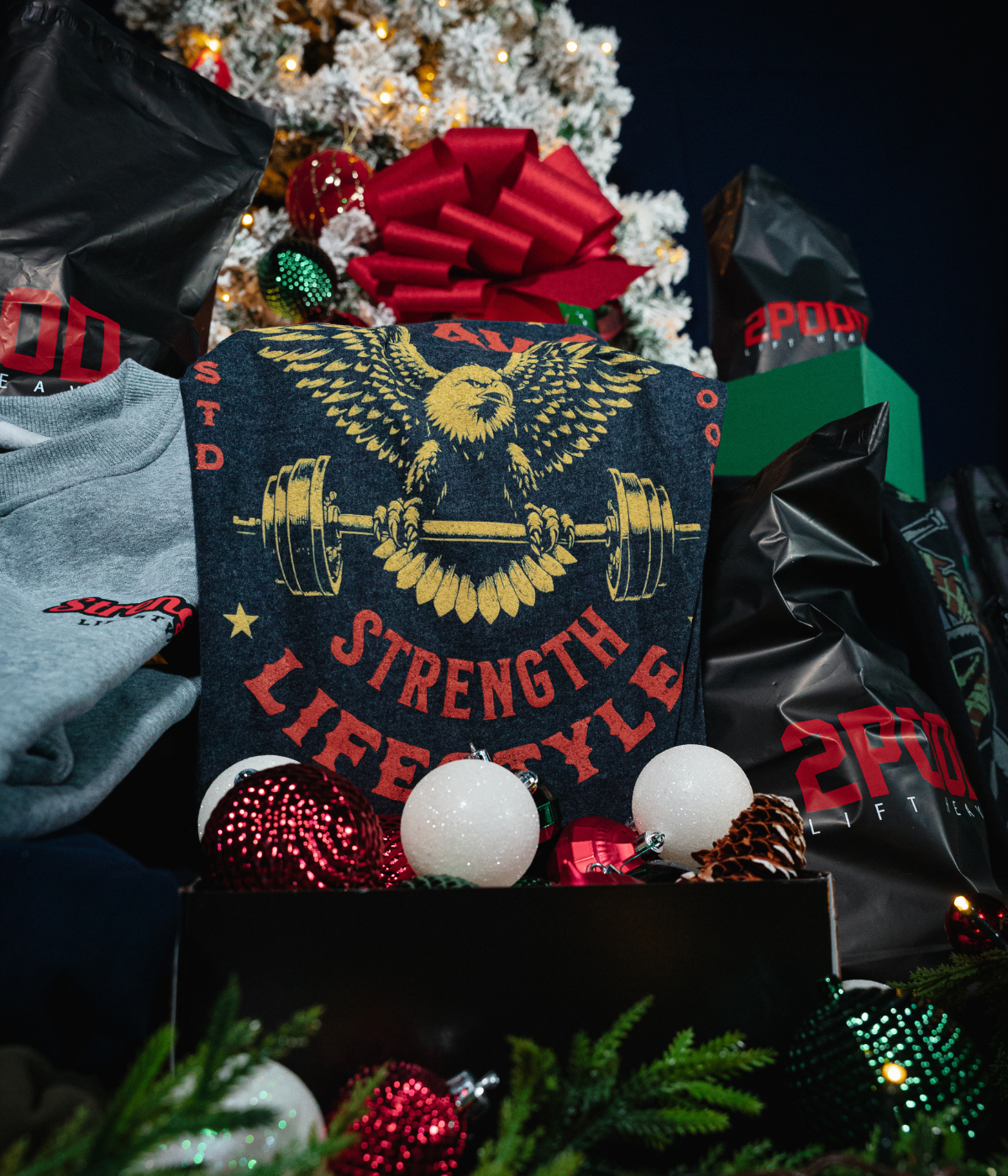

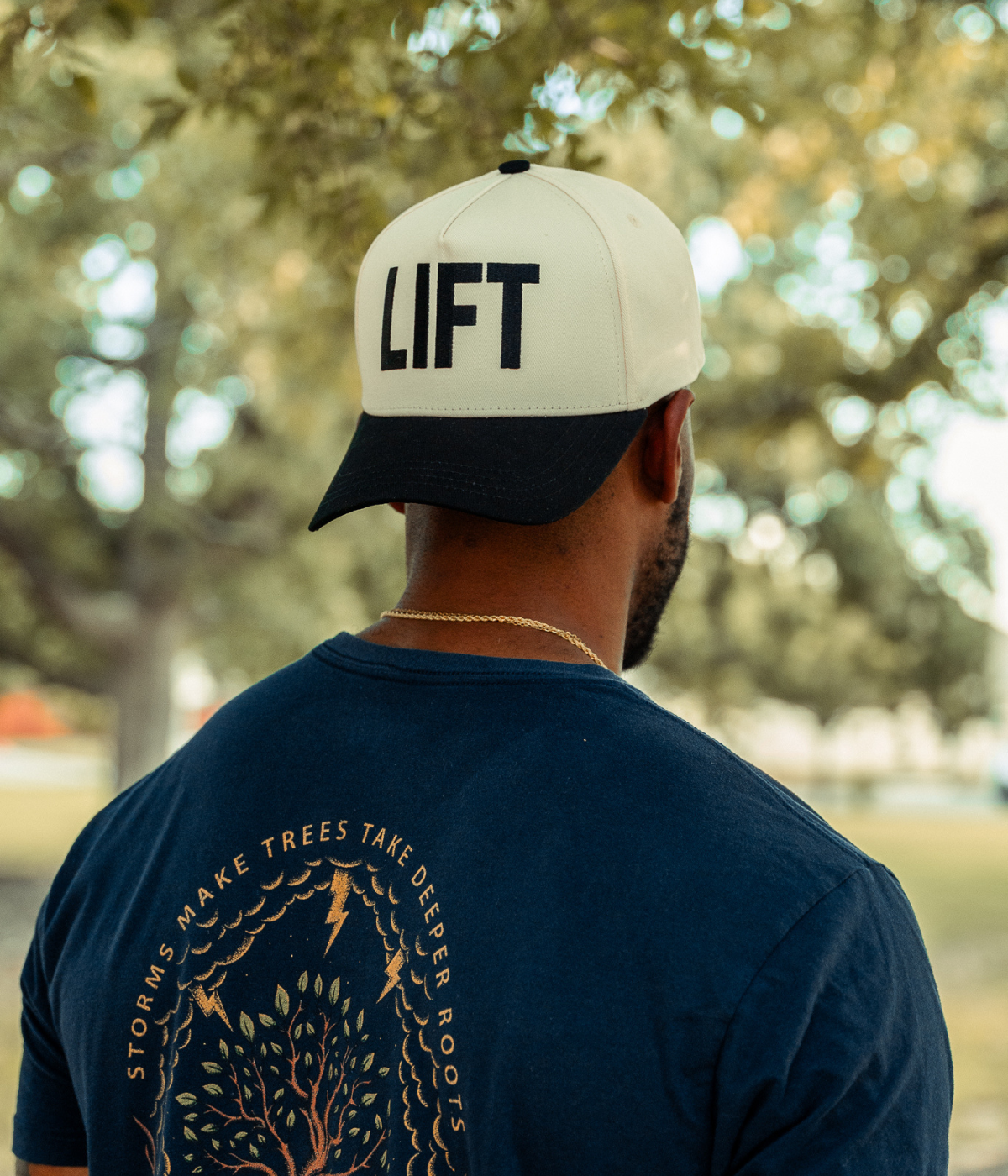
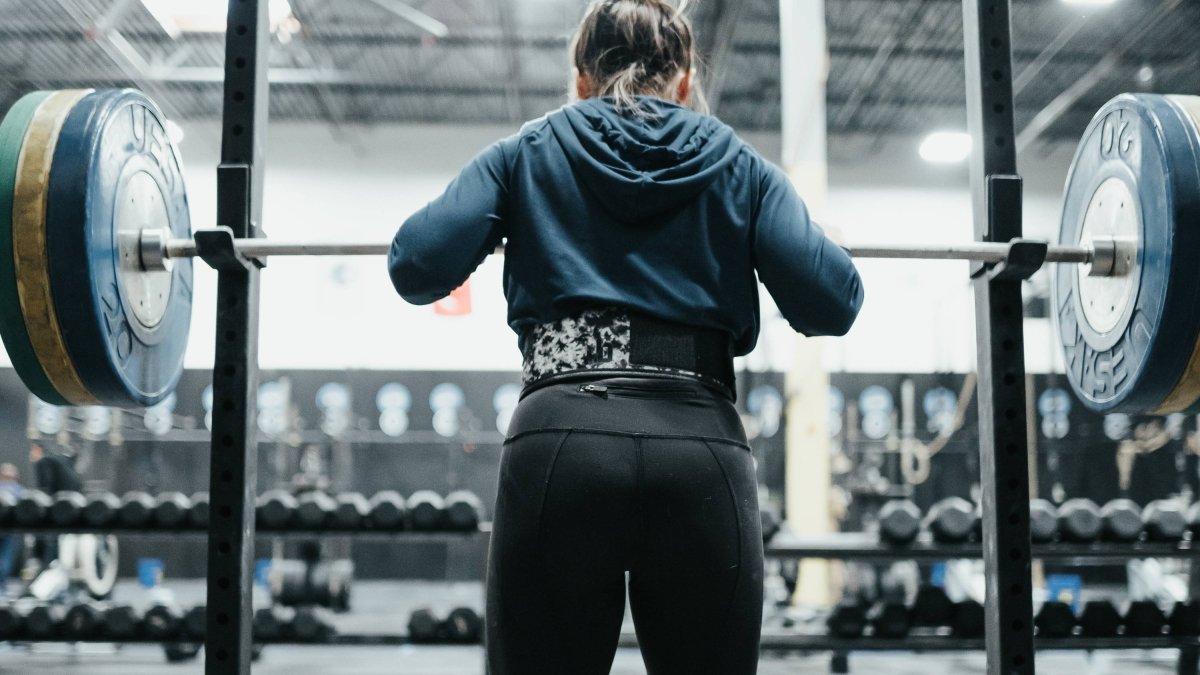
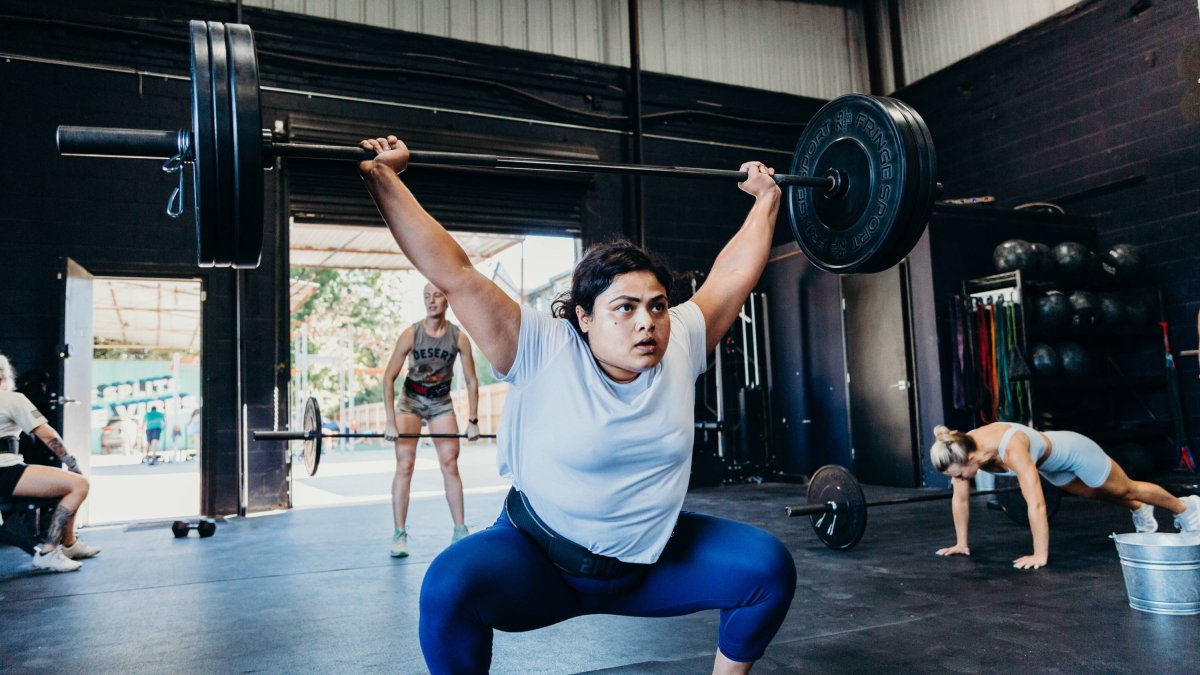
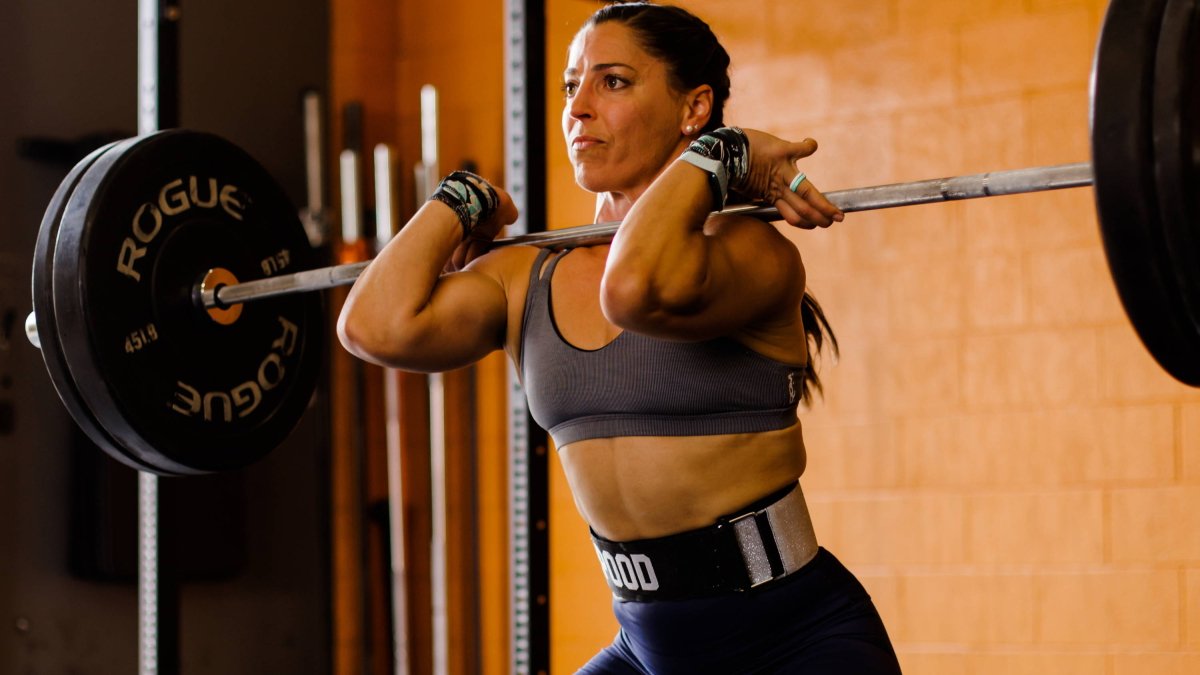
Leave a comment
All comments are moderated before being published.
This site is protected by hCaptcha and the hCaptcha Privacy Policy and Terms of Service apply.